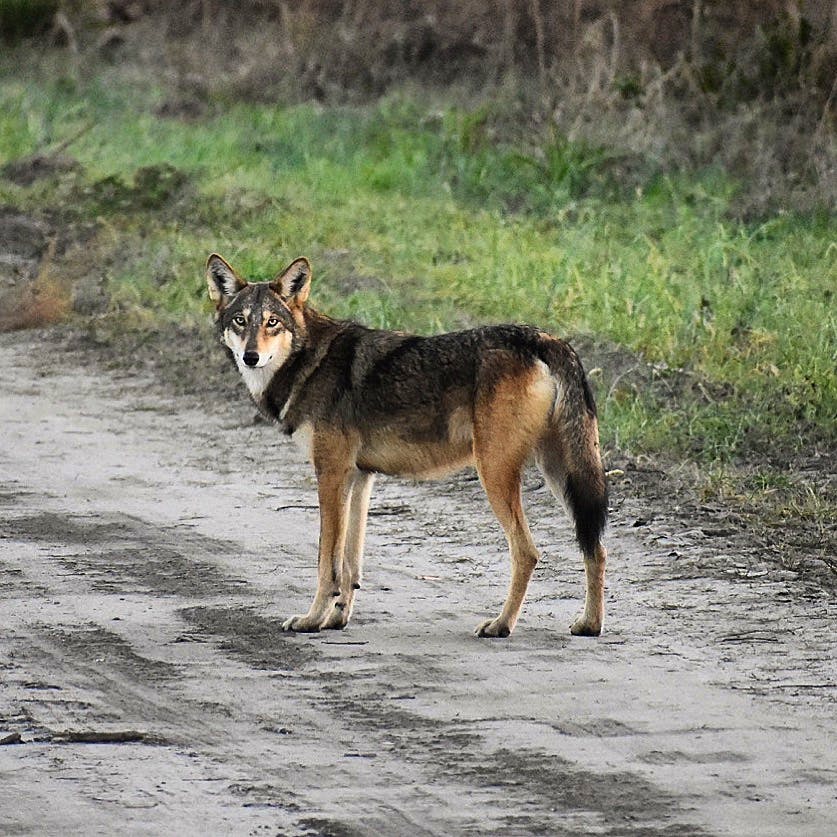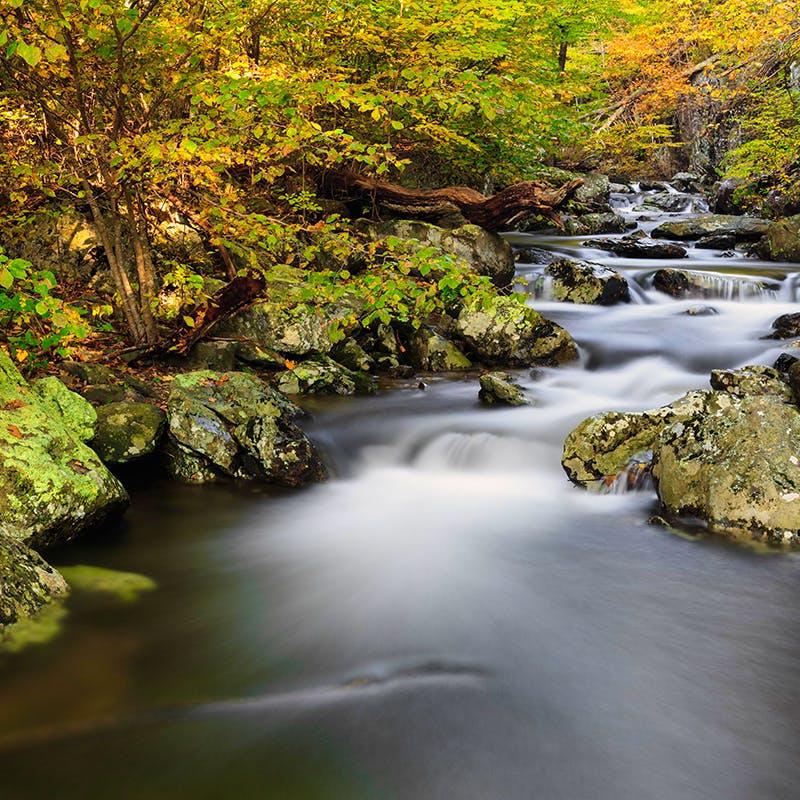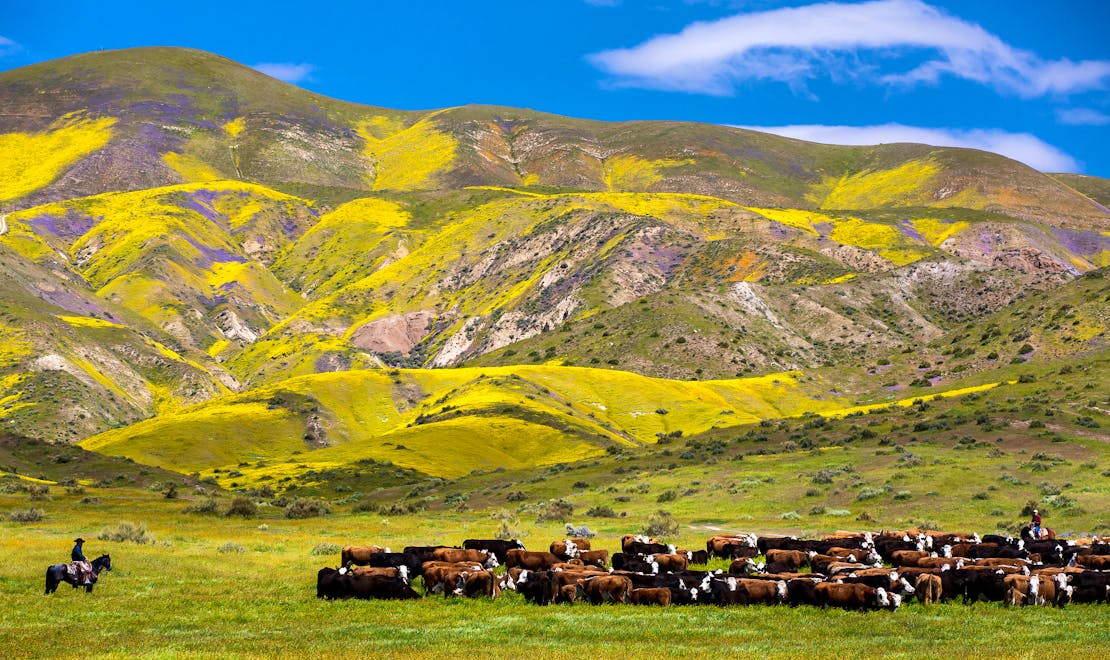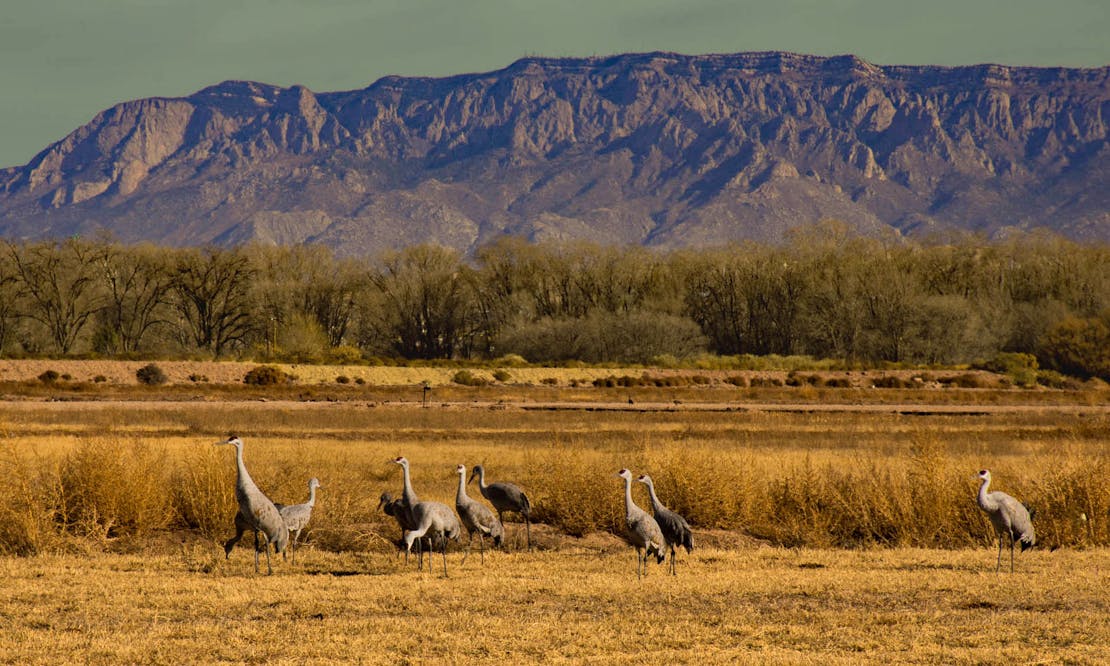You’ve heard the warning: If we fail to act affirmatively to save plants, animals and their habitats, we could lose up to 1 million species by century’s end. We are on the verge of a sixth mass extinction, and biodiversity loss is escalating globally. Thinking about solving a problem of this magnitude is overwhelming, given the daunting factors of population growth, climate change and the countless economic, sociocultural and governance changes that must occur to change our relationship with nature from one of dominance to one of coexistence.
But one aspect of the problem is simple: We must protect more land and water from development for energy, agriculture, transportation infrastructure and urban growth. Land-use change is a primary driver of the world’s biodiversity crisis. In the U.S., we lost 24-million acres of natural lands between 2001 and 2017, which is the equivalent to losing nine Grand Canyon National Parks over that time period. If we don’t protect lands and waters now, we will continue to lose a football field of wild spaces every 30 seconds as species go extinct under our watch. That is why Defenders joined in the call for the protection of 30% of the nation’s lands and waters by 2030.
Fortunately, in the United States, we already have a system of protected natural areas dedicated to the conservation of wildlife in the National Wildlife Refuge System (NWRS). Managed by the U.S. Fish and Wildlife Service (FWS), the NWRS is the only federal lands system that by law prioritizes the conservation of biological diversity and mandates plans to strategically grow the system, which makes it the perfect place to start when developing strategies for achieving our 30x30 and biodiversity protection goals.
Consisting of 568 refuges spanning over 850 million acres, including vast marine protected areas, the refuge system conserves a stunning array of ecosystems, including forests, rivers and mountains; swamps, marshes and prairie potholes; rocky shorelines, remote islands and deep ocean. Because of this diversity, refuges support more than 8,000 species of mammals, birds, reptiles, amphibians, fish and marine life.
Refuges act as critical strongholds for imperiled species. More than 50 refuges were established with the primary purpose of protecting imperiled species, and a recent Defenders of Wildlife report found that at least 513 threatened and endangered plants and animals rely on refuges as habitat strongholds for persistence and recovery. For example, Alligator River National Wildlife Refuge in eastern North Carolina stands out as the only place in the world where Red Wolves, which once ranged across the entire southeastern U.S., are found in the wild. Similarly, the unspoiled landscapes of Arctic National Wildlife Refuge harbor the highest biodiversity of any protected area north of the Arctic Circle. The iconic polar bear is among the six ESA-listed species that inhabit the Arctic refuge.


Because the refuge system is designed to be expanded, it presents a unique opportunity to designate natural areas within states and regions that lack protected lands. For example, the establishment and expansion of refuges in the Southeast could better protect North America’s “cradle of biodiversity”.


Expanding the refuge system so that it represents the diversity of natural areas across the country will help sustain the integrity of the NWRS and better contribute to 30x30 goals, prevent extinction of imperiled species and ensure that species across the country are afforded protections.
The costs of expansion are significant – in the billions of dollars – but these are outweighed by the ecosystem service values provided. As currently configured, the refuge system provides over $32 billion in ecosystem service values like water filtration, clean air, climate control and more. An expanded refuge system will pay for itself in terms of ecosystem value and public benefits, including wildlife-compatible recreation, visitation and tourism. Every dollar Congress appropriates to the NWRS produces an average return of $4.87, a 387 percent rate of return based on the current Refuge System budget.
Expansion of the NWRS should be undertaken to benefit people, too. There is at least one refuge in every state and U.S. territory and within an hour’s drive of most major cities. Over 50 million people visit refuges every year. FWS even established the Urban Wildlife Conservation Program to better serve our increasingly diverse and urbanizing nation, with an emphasis on connecting new generations and historically underrepresented communities to conservation through refuges less than 25 miles from urban areas. Expansion of the NWRS must be driven by ecological and social factors, including the principle that nature must be accessible to everyone, especially communities that have been denied access because of social and economic injustice.
People and wildlife need natural areas more than ever, and an ambitious and strategic plan to grow the NWRS can ensure that expanded and new refuges are in the right places to ensure benefits to human communities as well as protect crucial habitats that help to achieve our 30x30 goals.







